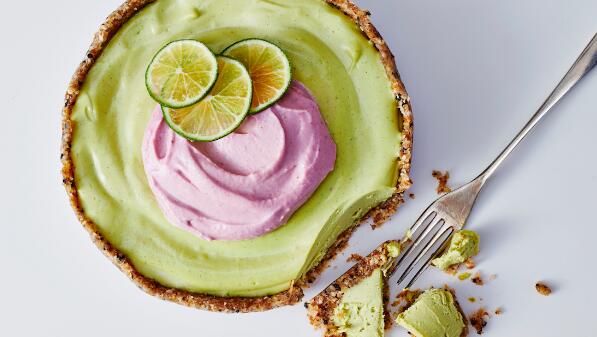 Spirulina supplement protein optimal protein source
Spirulina supplement protein optimal protein sourceb. Promote calcium absorption and bone development. The development of bones does not simply grow and lengthen, but the bone cells continue to differentiate and synthesize into new shapes. Beta-carotene maintains the balance between osteoblasts and osteoclasts. Ensure normal bone growth. c. Maintain photosensitivity of retinal cells, enhance vision, and prevent night sickness. d. Maintai...
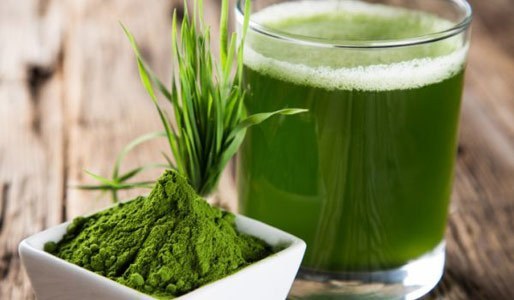 Spirulina cultivation techniques
Spirulina cultivation techniquesSpirulina cultivation techniques...
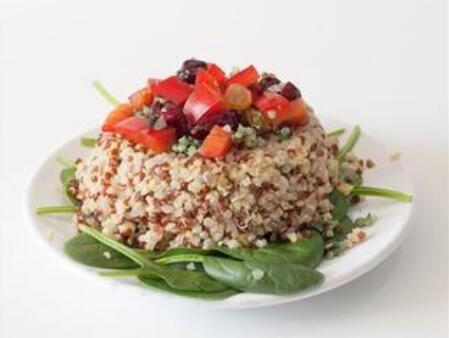 spirulina all in my grains
spirulina all in my grainsIngredients: - 1 cup of your favorite grains blend, cooked (e.g. barley, wild rice and quinoa) - 1 large bell pepper diced (or your favorite raw veggie) - 1/2 cup raisins - 1 TSP Hawaiian Spirulina Pacifica powder - Your favorite spices to taste...
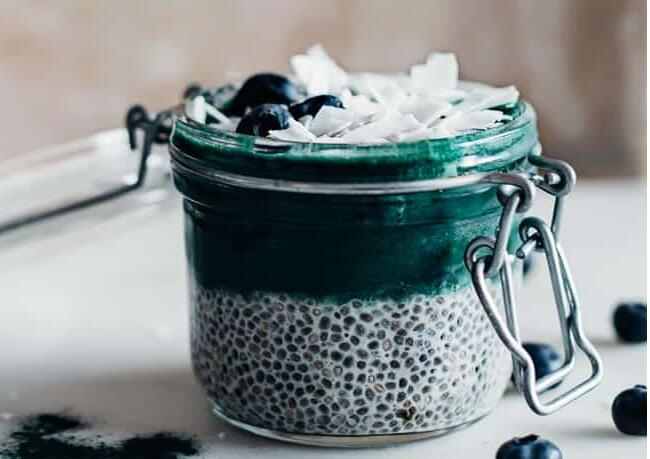 The role and efficacy of spirulina What are the benefits of eating spirulina
The role and efficacy of spirulina What are the benefits of eating spirulinaSpirulina, a class of lower plants, belongs to the cyanobacteria and the algae family. Like bacteria, they have no real nuclei in cells, so they are also called cyanobacteria. Spirulina is rich in various nutrients such as proteins required by the human body. Do you know the effects and functions of spirulina? Let’s take a look at the benefits of eating spirulina! Spirulina efficient The role...
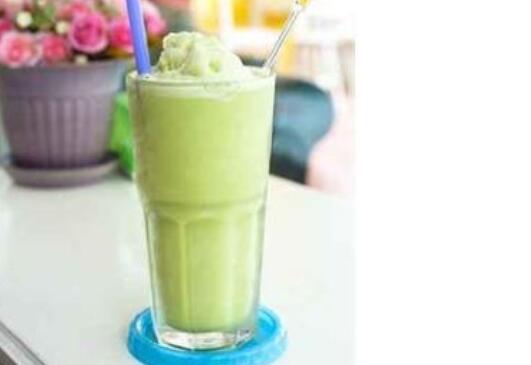 Spirulina is a health supplement that improves immunity
Spirulina is a health supplement that improves immunitySome people may suffer from insufficient immunity due to malnutrition, fatigue, illness, etc. At this time, once a virus invades, the human defense system will soon be attacked. The most direct manifestation of low immunity is that it is easy to get sick. Because of the frequent illness, the body's consumption is aggravated, so there are generally physical weakness, malnutrition, apathy, fatigue, ...
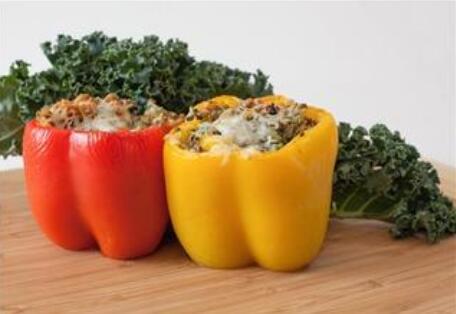 How to eat spirulina? How to eat spirulina tablets?
How to eat spirulina? How to eat spirulina tablets?How to eat spirulina tablets First of all, the water temperature of spirulina should not be too high, and the maximum water temperature should not exceed 40 °C. Spirulina is a nutritious and balanced nutritious health food. If the temperature is too high, it is easy to avoid the loss of nutrients....
Sign up to receive exclusive promotions and health recipes via email.

